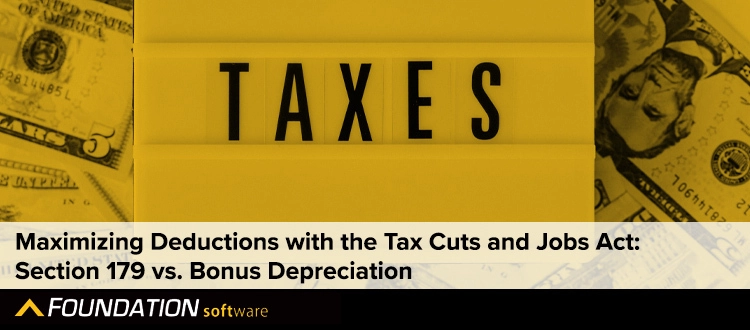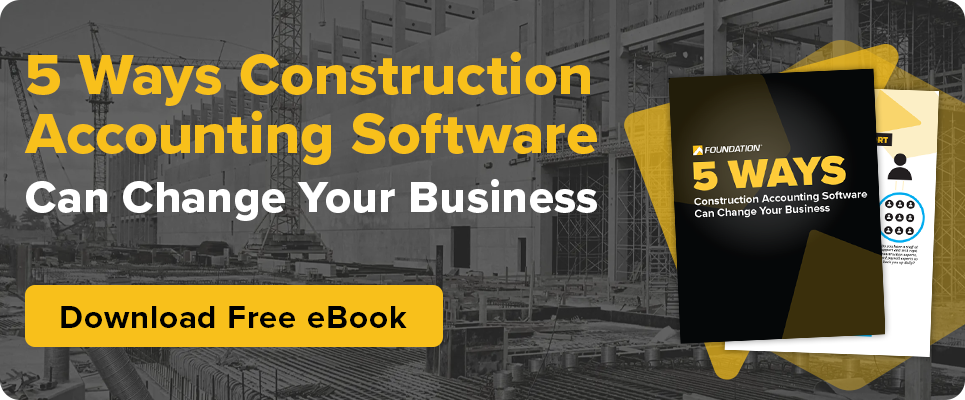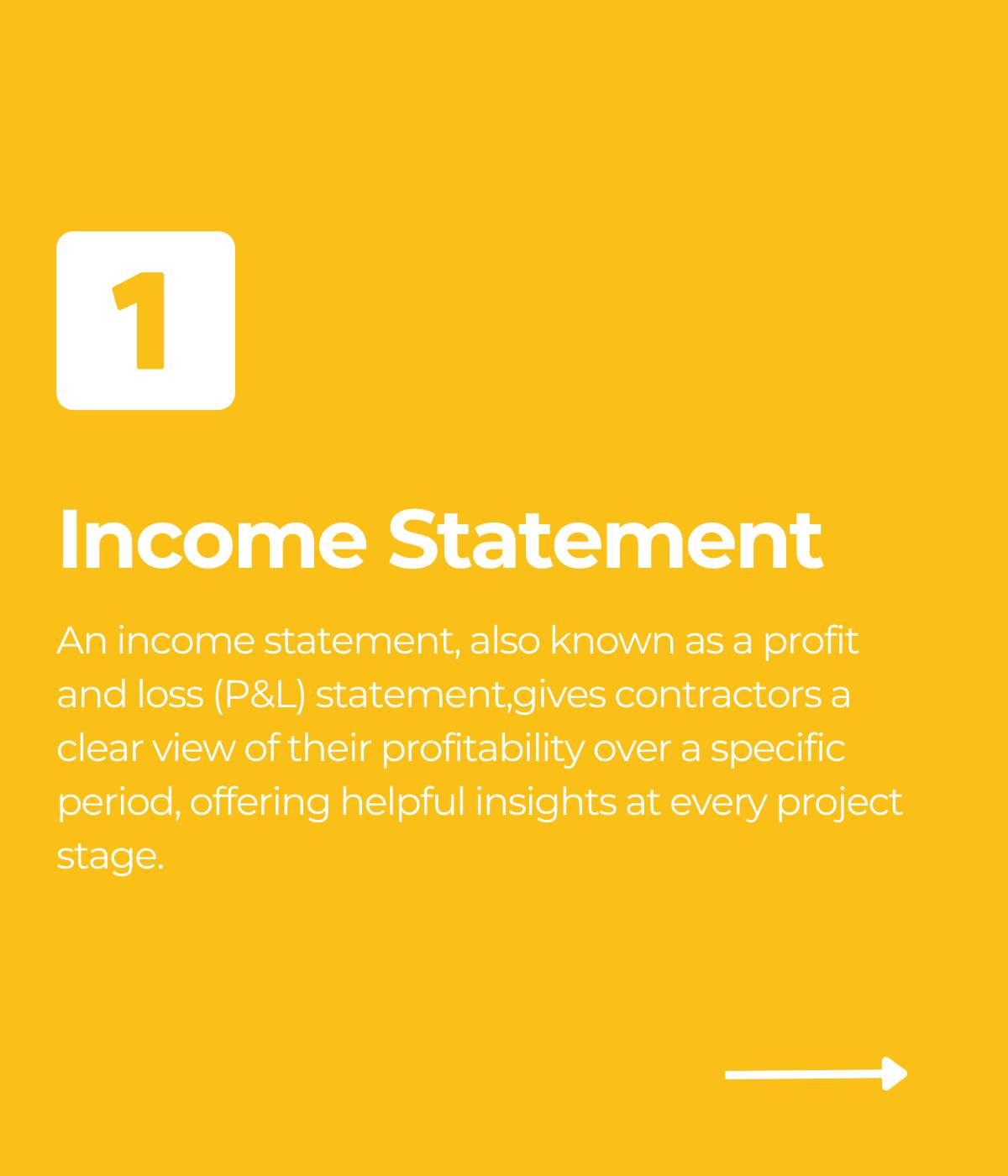
Signed into law on December 2017, the Tax Cuts and Jobs Act — or TCJA, as it’s commonly abbreviated — represents the biggest overhaul of the US tax code in recent history. While the TCJA introduced new guidelines to deductions typically claimed through Section 179, it also provides business owners with additional options for claiming bonus depreciation on qualifying purchases — including deductions on new software purchases for their businesses.
As a result, business owners now have more options than ever when it comes to claiming deductions on purchases for their businesses. But to do so effectively, it’s necessary to understand the differences between Section 179 and bonus depreciation under the TCJA.
What’s the difference between Section 179 and bonus depreciation through the TCJA?
Section 179:
- Carries a maximum deduction limit of $1.22 million per year. If you spend more than this in a year, your deductions decrease.
- Deductions are limited to less than your annual business income.
- Claims are flexible. You can split deductions individually, so 50% of the cost of new purchases can be deducted now while the rest is deducted over time.
- Real estate upgrades up to $3.05 million qualify. Upgrades to currently owned property can be included in a Section 179 deduction, unlike with bonus depreciation.
TCJA Bonus Depreciation:
- No deduction limits. Even if you spend over $1.22 million on qualified purchases in a tax year, you can still claim the full deduction.
- Deduction can be larger than your annual business income.
- Less flexibility in claims. Any deductions must apply to 100% of asset costs within the same category. If 100% bonus depreciation is taken on a qualified three-year asset, all three-year assets purchased within the same year must also be claimed through bonus depreciation.
- Time is limited. 100% bonus depreciation is only available through 2022. Starting in 2023, deductions are decreased by 20% until it phases out completely in 2027.
Getting the Most out of Your Deductions
To get the most out of their deductions, owners can even use a combination of Section 179 and bonus depreciation. Owners should discuss their options with their CPA, particularly one focused on the construction industry. If you don’t regularly work with a CPA, check out our CPA directory to find one in your area so you can discuss how to maximize your tax benefits this year.
Share Article
Keep on current news in the construction industry. Subscribe to free eNews!
Our Top 3 YouTube Videos
Learn about our software more in depth with product overviews, demos, and much more!

Our ACA reporting & e-filing services include official 1094-C and 1095-C IRS reporting, optional e-filing (no applying for a TCC code required), mailing to your employees and experienced support to help you.

There are plenty of reasons to make FOUNDATION your choice for job cost accounting and construction management software — just ask our clients!

From job cost accounting software, to construction-specific payroll. Get an overview on your next all-in-one back-office solution.











